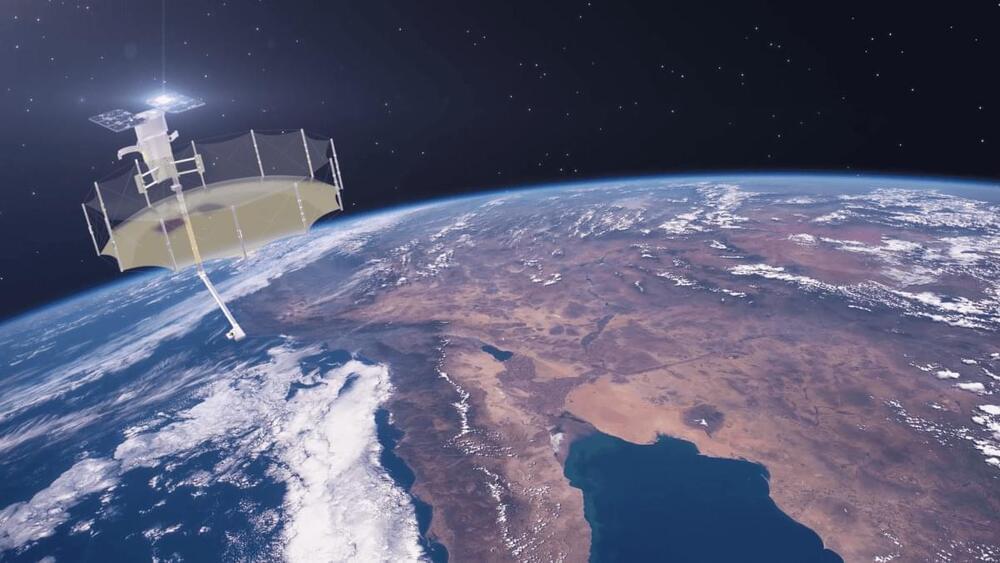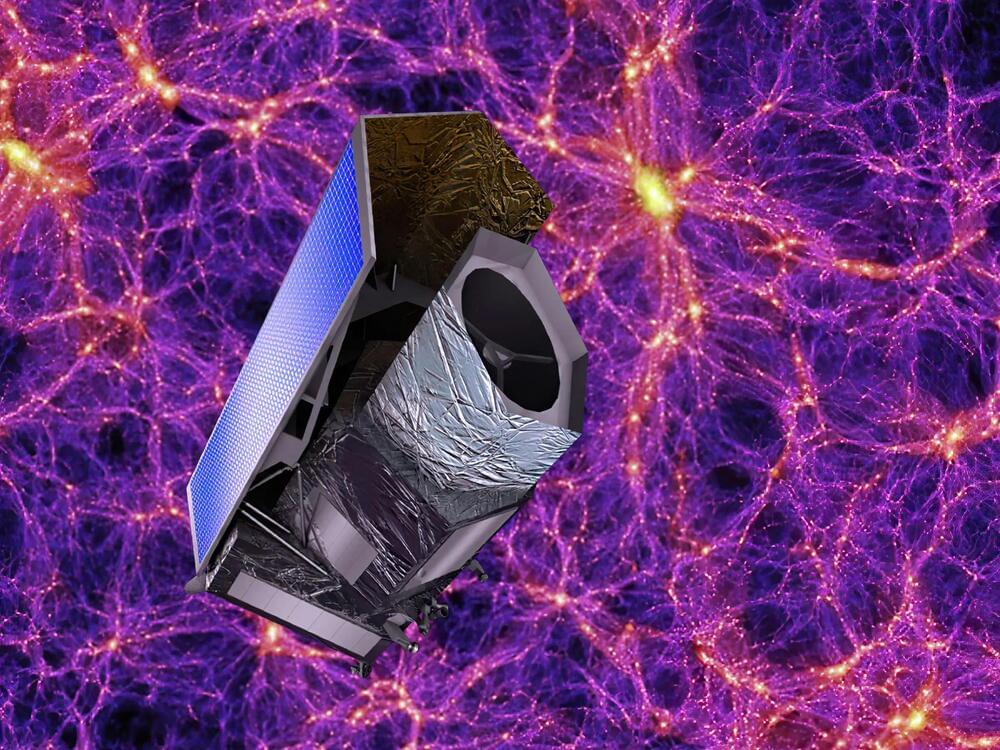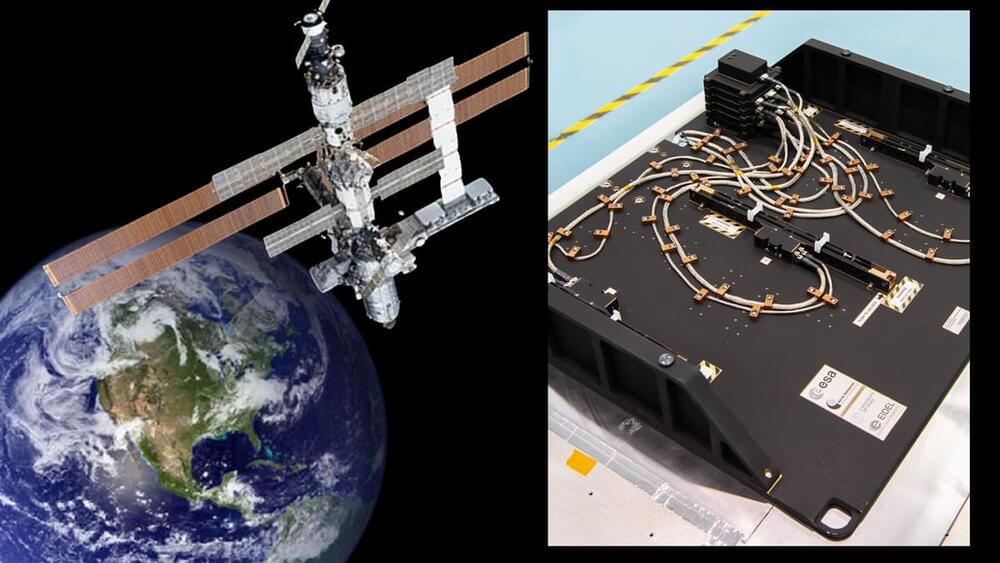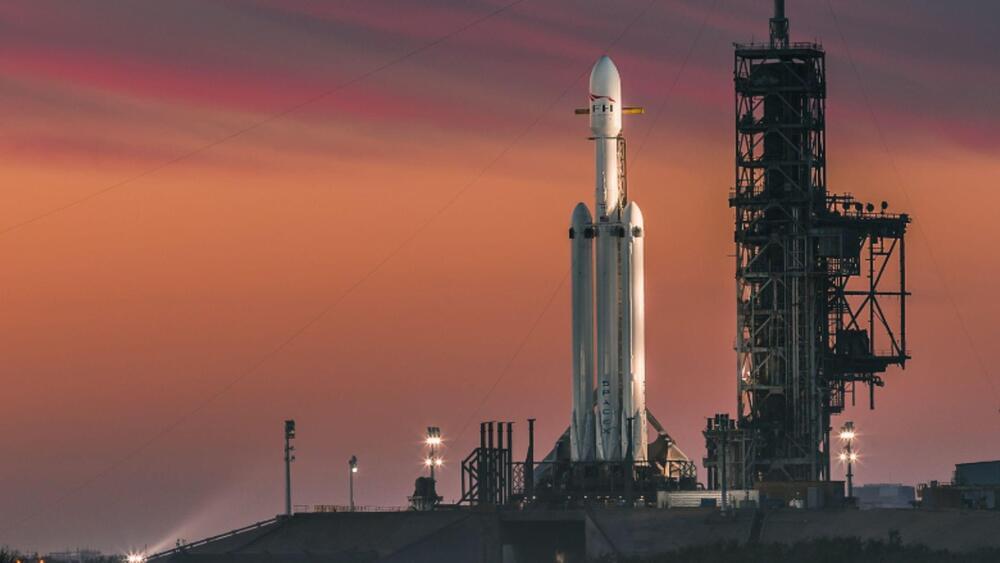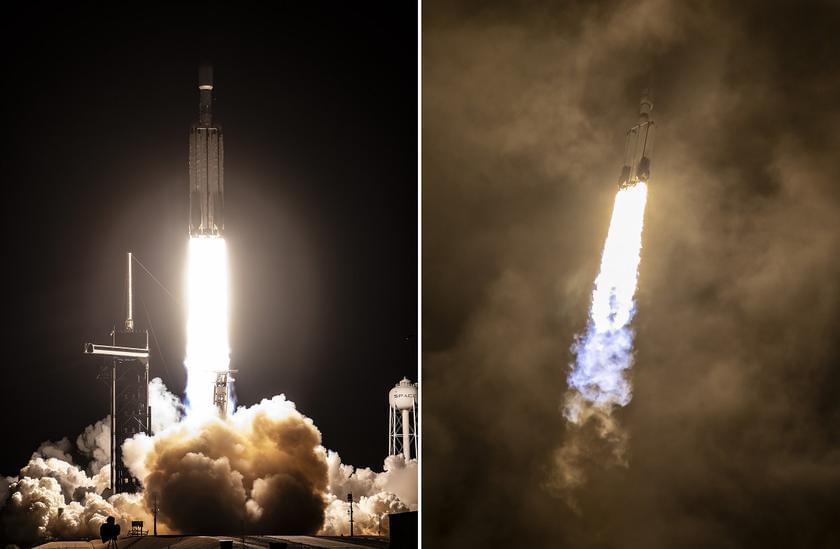Jeff Bezos’ e-commerce giant is set to rival Elon Musk’s Starlink service with its 3,200-internet satellite mega-constellation.
Amazon has announced it will now deploy its two Project Kuiper prototype satellites aboard a United Launch Alliance (ULA) Atlas V rocket this fall.
The satellites had been scheduled to launch on the debut flight of ULA’s Vulcan Centaur rocket. However, delays to the new rocket’s maiden flight and time constraints related to Federal Communications Commission (FCC) regulations have led to Amazon making the shift.
Project Kuiper, Amazon’s satellite broadband program, will launch two prototype satellites on an upcoming United Launch Alliance mission to test system performance in space.

